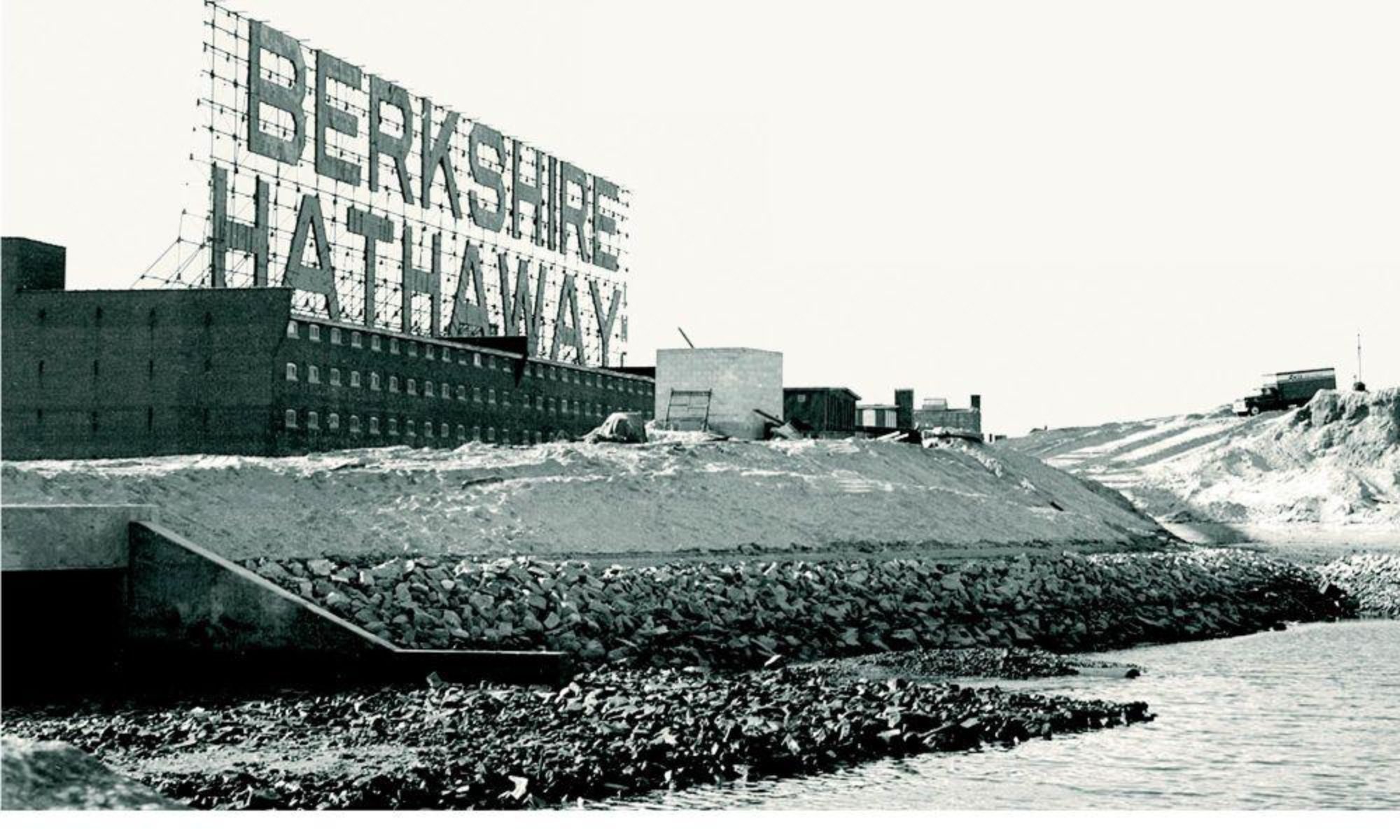In this post, I want to take a look at Alico, a small orange grove that has an interesting approach to capital allocation. Alico currently has about a $205M market capitalization. The company owns orange groves, and also ranch land in central Florida. In order to get a high level overview of Alico’s capital allocation, I am going to focus on their cash flow statement to see where the cash is coming and going.
Cash Flow Summary
Starting at the top of Alico’s cash flow statement is their cash from operations. This figure varies quite wildly. The cash flows from 2018 and 2021 are probably normal, with 2019 seemingly abnormally high, and 2020 and 2022 below average. Looking deeper, it appears Alico had a large increase in revenue from 2018 to 2019, which explains the high operating cash flow in the data shown (and 2019 revenue was similar to 2017 FWIW). The reason for the lower cash flow in 2022 was due to frost and a hurricane damaging Alico’s orange crop. Ideally the cash from operations would be a bit more smooth.
Alico’s cash spent on investments also varies quite a bit. As we will see later, ALCO has been selling off some of their land which causes the big swings in cash from investing.
Cash outflows for financing were slightly more steady than the previous cash flow categories. Alico spent the most in financing in 2019 at $52.29M. The two years of 2018 and 2020 had about the spend on financing, while 2021 and 2022 were close in figures.
With the big swings in Alico’s cash flows, it shouldn’t be a surprise that their net change in cash also varied over the past several years. Last year, ALCO practically broke even. The company had the largest boost in cash in 2018 with $28.86M, and drew down their cash balance the most in 2021 at $18.8M.
Cash from Investing
After seeing Alico’s use of cash at a high level, we can now dive deeper to see why their cash flows vary so much and get a glimpse of how they are allocating capital. Alico’s capital allocation spend has been slowly growing over the past years, except it declined a bit in 2022. If we take an average of ALCOs 5 year cash from operations, about $18M, and compare it to their average capex, we see that most of the operating cash flow is going into capex. This high proportion of capex to operating cash flows would seem to indicate the company is capital intensive.
Alico’s acquisition of business, or in this case acquisition of orange groves, was fairly small the last several years. However, the company did do a large acquisition in 2021 amounting to about a full year’s worth of operating cash flow.
Despite Alico making some purchases of orange groves, they have been quite the seller of property. About ⅔ of ALCOs land is the orange groves, but they do own quite a bit of ranch land. It seems the ranch land is primarily what the company is selling. Alico’s selling of the land is an interesting capital allocation decision, which is what caught my eye with the company. While 2019 was a lull, the company has been selling around $35M a year of property. This is about twice as much as their average operating cash flow.
As we can see, the swings in Alico’s cash from financing is mostly due to their sale of varying amounts of land and the large acquisition in 2021. Next we can look to the cash for financing to see how Alico is using the proceeds of these property sales.
Cash from Financing
Now to look at Alico’s use of cash for financing. Alico has been consistently paying down debt over the past 5 years, peaking in 2021 with about $25M. I believe the land that Alico is selling is encumbered with debt, so they are using the proceeds to pay off the principal.
Currently Alico’s D/E ratio is about 0.42, which suggests the company is not very leveraged. Looking at ACLOs D/EBITDA, the figure is about 3.2, which is slightly high. However the company’s 2022 EBITDA was affected by the frost and hurricane.
As for share buybacks, Alico has not done much except for 2019. The buyback in 2019 is more than the company’s 5 year average operating cash flow. It would be interesting to look at Alico’s valuation during 2019 to see if this large repurchase was actually beneficial to shareholders.
Alico has been consistently paying a dividend, dramatically ramping up the payout in 2021 and 2022. These increased payouts are probably due to the land sales. I think selling land and returning some of the proceeds is an interesting capital allocation strategy. If Alico can maintain selling land and paying large dividends, then the stock could be worth some consideration.
In 2019, the company had an $11M charge for “payment on termination of sugarcane agreement”. I am not sure what that is, but it seems like a one time charge.
Conclusion
Alico is a small company with pretty inconsistent operating results. However, their strategy of selling off ranch land and returning some of the cash to shareholders is an interesting capital allocation move. It is also interesting that Alico made a decently large acquisition of orange groves in 2021. Going beyond this snapshot, I would look further back in Alico’s financials to get a better understanding of their operating cash flows. Also I would try to estimate a sustainable dividend payout in case the company had to put a pause on selling land.
